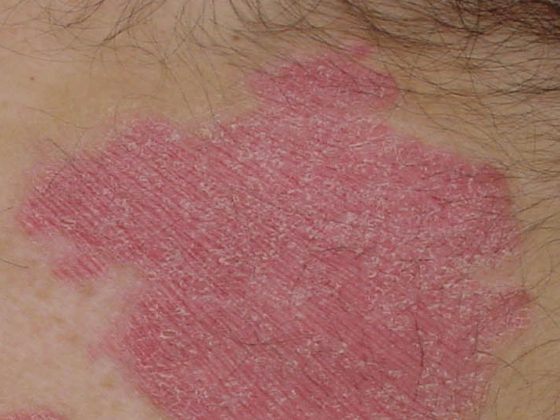A new group of drugs for the preventive treatment of migraine has been available for two years. For many, this is a blessing, since migraine is one of the most serious disabling diseases worldwide, according to the WHO. Can antibodies help anyone, or are there other options? What do real-world observations say about the new therapeutic option?
The violent headache attacks that usually occur on one side and describe a migraine entail a high level of stress for those affected. In more than one million Swiss, the quality of life is significantly reduced by this disease [1]. Therefore, WHO also ranks migraine as the second most important cause of years of life with disability [2]. During puberty, girls and boys are affected with about the same frequency; later, it is mainly women who suffer from migraine [3]. Typical symptoms include recurrent, severe headaches that are usually unilateral as well as pulsating and worsen with activity. In addition, there are often accompanying symptoms such as loss of appetite, nausea, vomiting, photophobia and sensitivity to noise. Untreated, a migraine attack lasts between four and 72 hours [3].
In order to quickly cope with the symptoms, triptans are used in acute therapy – especially for moderate to high pain intensity. These preparations, developed specifically for migraine, are available as capsules, tablets, melting tablets, nasal spray or as a subcutaneous form of application. However, they should not be taken more frequently than ten days per month, otherwise there is a risk of medication overuse [4]. This then again triggers a headache.
Long-term prophylaxis in comparison
In patients who experience more than three migraine attacks per month, or have very severe or prolonged attacks, prophylaxis should be considered. In addition to additional non-drug therapy such as aerobic endurance training, relaxation therapy or behavioral therapy, various pharmacological interventions are available. In addition to the new, specifically acting CGRP antibodies, non-specific agents such as antidepressants, anticonvulsants, beta-blockers, calcium antagonists or natural substances such as magnesium, coenzyme Q10 or vitamin B2 can be used. Which preparation is used depends, among other things, on possible comorbidities. For example, a beta-blocker is contraindicated in patients with asthma or hypotension. It should also not be administered in depression, as should flunarizine or topiramate. In other cases, however, the blood pressure- and pulse-lowering effect of a beta-blocker can be a thoroughly desirable side effect. Here, individual attention must be paid to the patient’s prerequisites [4].
Since more calcitonin gene-related peptide (CGRP) is released during a migraine attack, this is where the new antibodies come in. The antibodies reduce the number of migraine attacks in both episodic and chronic migraine. In Switzerland, there are currently three monoclonal antibodies that interact with CGRP or its receptor. These include erenumab (Aimovig®), fremanezumab (Ajovy®) and galcanezumab (Emgality®). The application is subcutaneous. Meanwhile, real-world data show that the good efficacy is not only achieved under study conditions. For example, the number of monthly migraine days decreased by 6.3 days from baseline with three months of erenumab therapy, with a response rate of 82.7% [5]. In addition, the quality of life was improved. Overall, all substances showed very good and rapid efficacy as well as tolerability [6].
Literature:
- Merikangas KR, Cui L, Richardson AK, et al: Magnitude, impact, and stability of primary headache subtypes: 30 year prospective Swiss cohort study. BMJ 2011; 343: d5076 doi: 10.1136/bmj.d5076
- Global burden of disease collaborators, Global, regional, and national incidence, prevalence, and years lived with disability for 328 diseases and injuries for 195 countries, 1990-2016: a systematic analysis for the Global Burden of Disease Study 2016. Lancet 2017; 390: 1211-1259.
- www.tk.de/resource/blob/2088842/66767380cf7cce49b345b06baa704019/kopfschmerzreport-2020-data.pdf (letzter Zugriff am 28.12.2020)
- Therapy recommendations of the Swiss Headache Society. Available at: www.headache.ch/download/Content_attachments/FileBaseDoc/SKG_Therapieempfehlungen_2018_DE_15_WEB.pdf (last accessed 12/28/2020).
- Koch M, et al: Eur J Neurol 2020;27(1): Abstr. EPR3045.
- Hämmerl L, Kraya T: Physicians Journal 2020; 9: 18-23.
InFo NEUROLOGY & PSYCHIATRY 2021; 19(1): 20.











